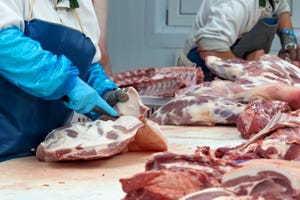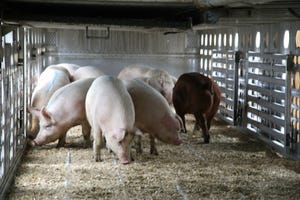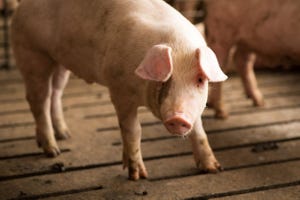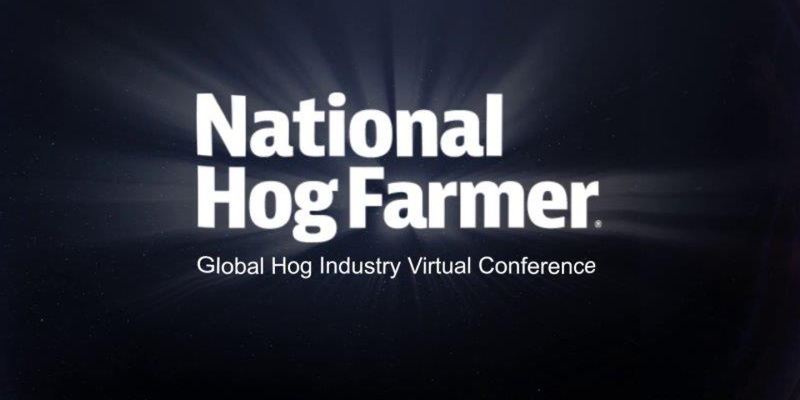Iowa pork producers test out monarch habitat plots
Findings from the research collaboration are helping refine practical recommendations for establishing monarch habitat across Iowa’s landscape.
March 25, 2019
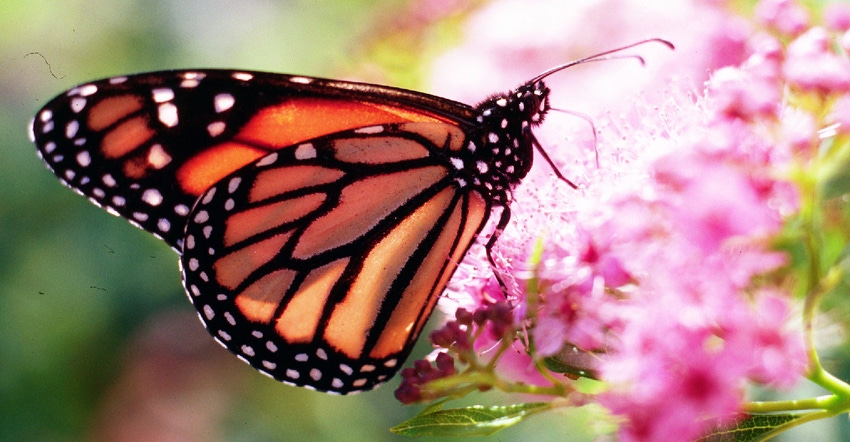
Iowa pork producers who teamed up with Iowa State University to provide more habitat for monarch butterflies are now seeing the fruits of their labor in the on-farm research projects.
Since 2015, farmer members of the Iowa Pork Producers Association have worked with researchers from Iowa State and the Iowa Monarch Conservation Consortium to plant and survey monarch habitat plots on their land. One of the many challenges monarch butterflies face is the loss of milkweed and nectar plant habitat throughout the upper Midwest.
When the project was proposed three years ago, it seemed like a unique approach, according to Ben Crawford, Iowa pork producer and environmental services director for Prestage Farms of Iowa.
“The diversity of blooming plants in the plot is really remarkable,†says Crawford, who farms in Hamilton and Hardin counties. “Getting started takes a lot of patience but, by year two or three, the plants have filled in and you can really see the benefits.â€
The habitat plantings include milkweed and a diverse array of blooming species to provide nectar for adult monarchs throughout their life cycle and seasonal migrations. Female monarchs lay eggs exclusively on milkweed plants. National and state efforts focus on establishment of new milkweed habitat to reach conservation goals. The Iowa Monarch Conservation Strategy seeks to establish 480,000 to 830,000 acres of monarch habitat by 2038.
Findings from the research collaboration are helping refine practical recommendations for establishing monarch habitat across Iowa’s landscape.
“Iowa’s pig farmers are committed to continuous improvement with Iowa’s environment,†says Trent Thiele, a pork producer from Elma, Iowa, and president of the Iowa Pork Producers Association. “We became involved in this project to help find answers about monarch habitat establishment. Now we can provide information about that research for producers who are interested in putting monarch habitat near their building sites.â€
Voluntary efforts to establish monarch habitat are intended to complement existing environmental stewardship and conservation programs for farmers, while still adhering to best practices for livestock production.
“Initially, there were some concerns about biosecurity hazards due to a potential increase in rodents,†says Crawford. “During these three years, we haven’t experienced any difficulties with unwanted critters and I don’t really see it as an issue as long as there is a buffer area between the barn and the plot and a standard baiting protocol is in place.â€
Farmers who want technical or financial assistance to start a monarch habitat project on their land can call or visit their local USDA service center. To search by county for local habitat experts and more, visit www.iowamonarchs.info.
Source: Iowa State University, which is solely responsible for the information provided, and wholly owns the information. Informa Business Media and all its subsidiaries are not responsible for any of the content contained in this information asset.
You May Also Like
